What is Pineapple Chow?
Chow is a popular dish in Trinidad and Tobago, consisting of fruits marinated in a seasoning blend of hot pepper, garlic, culantro(bandhania) and salt.
Table of Contents
This spicy snack is enjoyed at Trini Lime (social gatherings) or just an anytime pick-me-up.
It is healthy, nutritious, and refreshing. It has been suggested that the heat from the hot peppers causes perspiration, which cools down the body and enhances the appetite for those who enjoy spicy food.
WHAT FRUITS ARE USED IN TRINIDAD CHOW?
Mango is commonly used in this recipe, however, other fruits may be substituted, such as pommecythere (golden apple or June plum), chennet (guinep, guenepa, Spanish lime), Trinidad plum, apple, pomerac (otaheite apple, malay apple, rose apple), cucumber, orange , Portugal and tangerine. See more on chow here.
Today, we will be making pineapple chow.
**cilantro” is not traditional but an acceptable substitute for the culantro.
Ingredients needed to make pineapple chow:
- pineapple, ripe, peeled and sliced
- culantro, minced
- garlic. crushed
- Hot pepper, habanero or scotch bonnet, minced or sliced, to taste
- salt, or to taste
- Lime juice, optional
- Black pepper, optional
How to make pineapple chow?
1. Rinse, peel, and cut the pineapple into small pieces, placing them in a bowl.
2. Finely chop the culantro(bandhania), garlic, and hot pepper with a knife, mini food processor, or mortar and pestle until a fine texture is achieved.
3. Combine the minced seasonings, salt, lime juice, and black pepper, if using, with the chopped pineapple thoroughly.
4. Taste test to assess if additional spiciness or salt is needed.
5. Marinating is an optional step.
How to choose a ripe pineapple:
Selecting a ripe pineapple involves checking for several key indicators:
1. Appearance:
Color: Look for a pineapple with a golden-yellow color, especially at the base. Some green is okay, but a ripe pineapple should have more yellow tones.
Shape: Choose a pineapple that looks plump and has a well-rounded shape.
2. Texture:
Firmness: Gently squeeze the pineapple. It should be firm but have a slight give. If it’s too soft, it might be overripe.
Eyes: The “eyes” (the spiky circles on the skin) should be relatively flat and uniform in size.
3. Aroma:
Smell the base of the pineapple. A sweet and fragrant smell indicates ripeness. If there’s no aroma or it smells sour or fermented, the pineapple may be underripe or overripe.
4. Weight:
Pick up the pineapple. A ripe pineapple should feel heavy for its size, indicating it has a good amount of juice.
5. Leaves:
The leaves on top (the crown) should be green and fresh-looking. Gently tug on one of the central leaves. If it pulls out easily, the pineapple is likely ripe. It might need more time to ripen if it’s difficult to pull out.
Additional Tips:
Avoid pineapples with:
- Dry or brown leaves.
- Wrinkled or cracked skin.
- Soft spots or darkened “eyes.”
Ripening at Home:
If you find a pineapple that’s almost ripe but not quite there, leave it at room temperature for a few days to let it ripen further.
By considering these factors, you should be able to select a ripe, juicy pineapple for your Trinidad pineapple chow!
Other recipes you will love:
Appetizers – including cheese paste sandwich, chicken puffs, saheena, pholourie, aloo pie, kachori, jerk shrimp, bang bang shrimp, doubles, baiganee.
Refreshing Pineapple Chow
Ingredients
- 1 pineapple ripe, peeled and sliced
- 12 leaves culantro minced (or 1/4 cup finely chopped)
- 1 head garlic. crushed
- Hot pepper habanero or scotch bonnet, minced or sliced, to taste
- 1 teaspoon salt or to taste
- Lime juice optional
- Black pepper optional
Instructions
- Rinse, peel and cut the pineapple into small pieces, placing them in a bowl.
- Finely chop the culantro, garlic and hot pepper with a knife, mini food processor or mortar and pestle until a fine texture is achieved.
- Combine the minced seasonings, salt, lime juice and black pepper, if using, with the chopped pineapple thoroughly.
- Taste test to assess if additional spiciness or salt is needed.
- Marinating is an optional step.

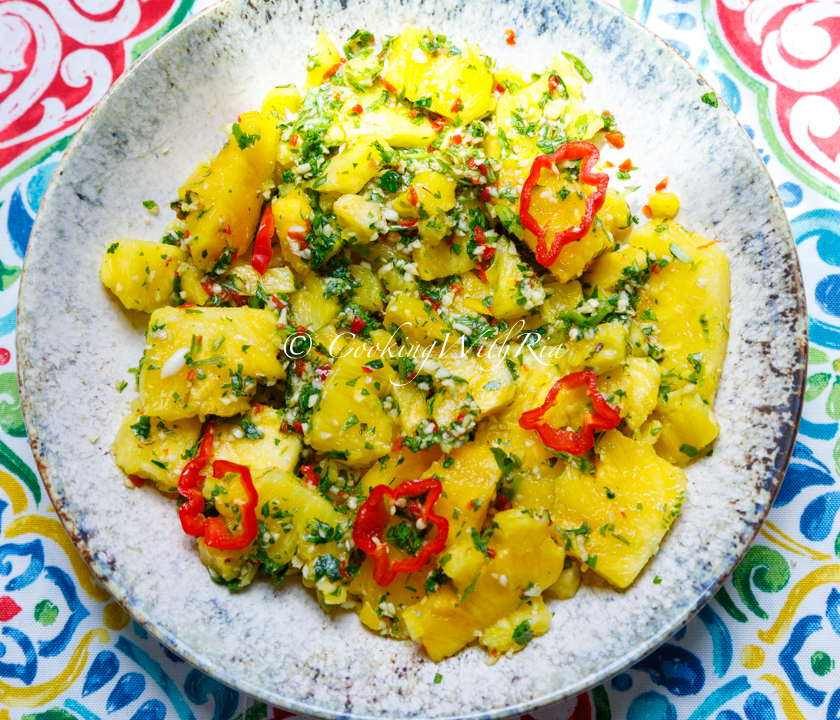
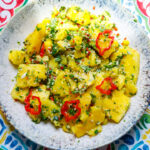
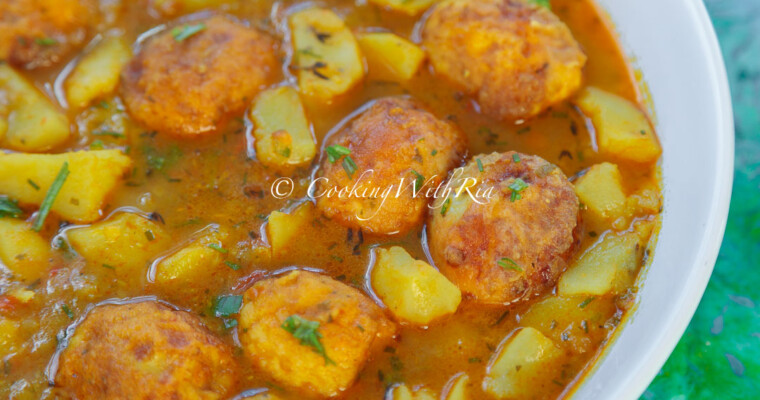
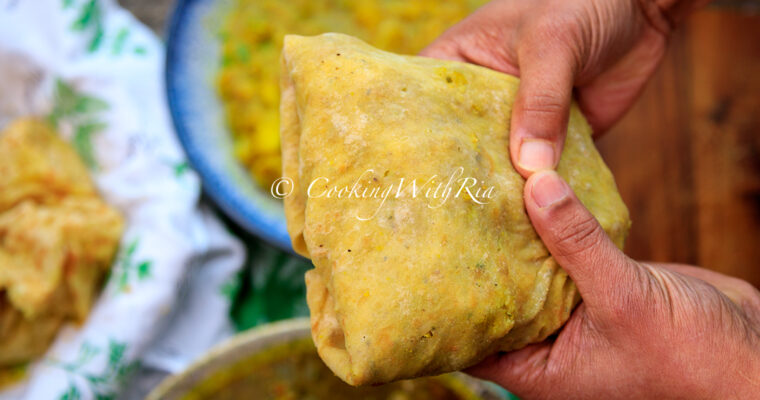

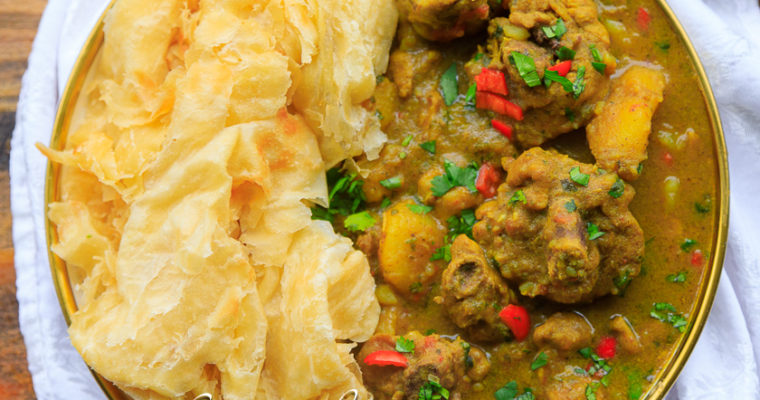


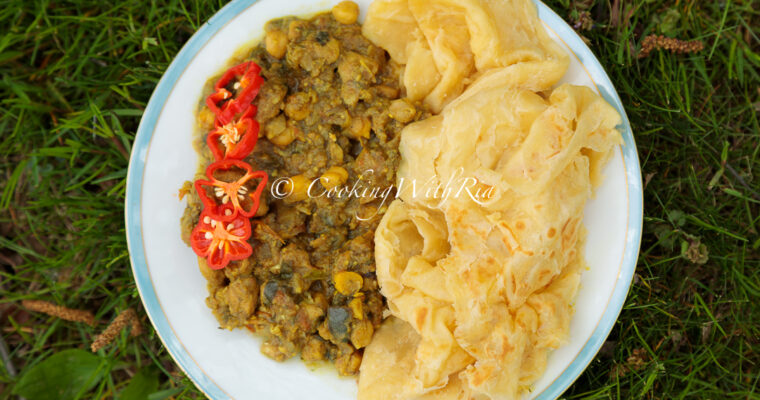
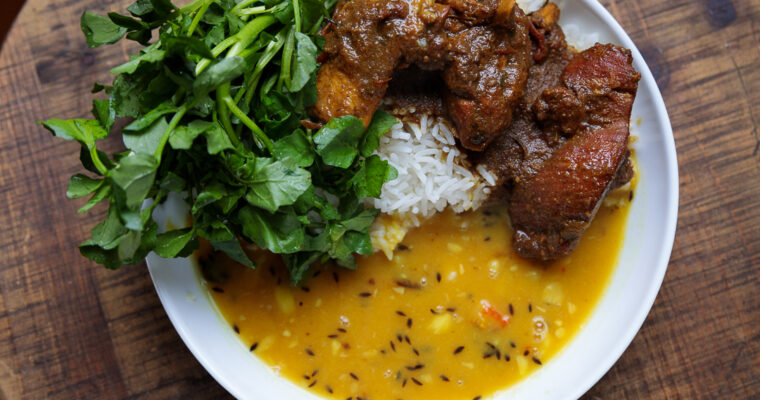
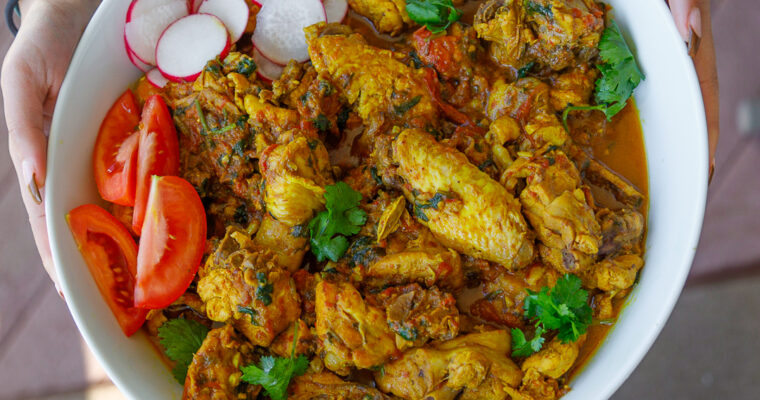
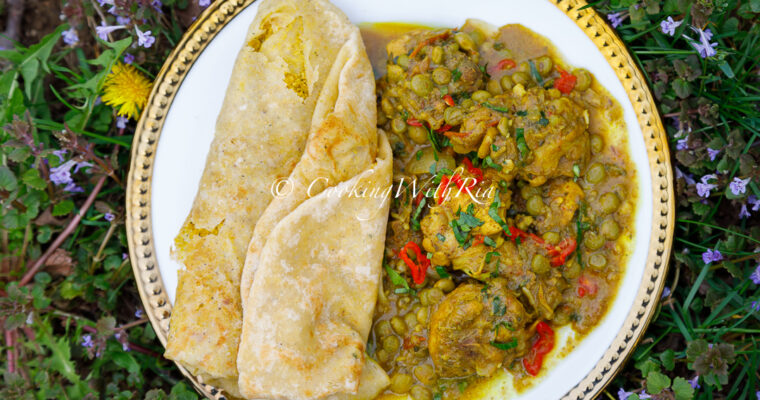


yum